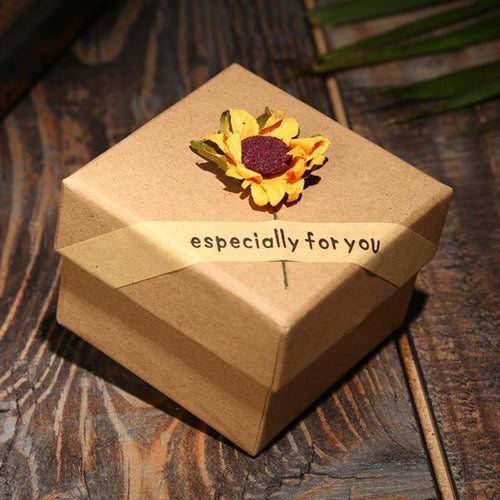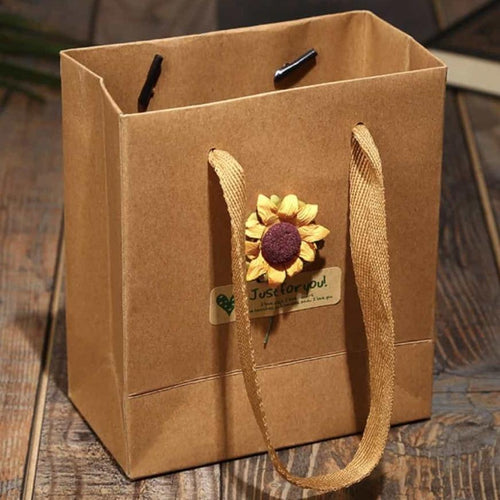Napoleon was a French military general, the first emperor of France and one of the world's greatest military leaders. He chose the bee as the emblem to represent his status as Emperor. He saw it as a sign of symbol of immortality and resurrection and placed the bee on his personal coat of arms. Napoleon's mantle, that he wore during his coronation was covered with golden bees embroideries. After that, by order of Napoleon, bees began to appear on many objects that the emperor used, from carpets and flags to tableware and clothes.

Portrait of Napoleon I in his coronation robes, François Gérard, 1805

Fragment of Portrait of Napoleon I in his coronation robes, François Gérard, 1805
The bee was chosen by Napoleon to link the new dynasty to the ancient kingdom of France. Golden bees, were found in 1653 in Tournai in the tomb of Childeric I, father of Clovis I and founder of the Merovingian dynasty. They were considered the first emblem of the kings of France.

King Childeric, image from the Great French Chronicle and pendants found in his grave
Napoleon really wanted to emphasize his legitimate right to ascend the throne. He even hired a certain a man named Abbot Lichon to study old books and records. They were looking for any information about the last of the Merovingian family. Efforts were not crowned with success, as no connection between the Merovingians and the Bonapartes was found.
According to Andrew Roberts’ new biography, Napoleon The Great, the bee emblem dates from the time of Napoleon’s coronation in 1804. He had always wanted to emphasize his relation to ancient power.
On April 6,1814 Napoleon was overthrown, but the bees remained a symbol of imperial power in France.
In 1853 Napoleon III married Eugenie, Countess de Montijo. The founder of the future Guerlain perfumery empire Pierre-Francois-Pascal Guerlain created the "Eau de Cologne Impériale" perfume for her. A delicate citrus scent was enclosed in a graceful bottle, tamed by gilded bees.
This perfume was loved not only by Empress Eugenia, her husband also used it. After that Guerlain received the title of "Official Supplier of Her Imperial Majesty".

It is important to mention the flag of Elba - the flag, that Napoleon had made when he arrived on the island where he was to spend the next ten months of his life in exile.
Napoleon's flag of Elba is white, with a red diagonal stripe from the top left to the bottom right with three golden bees on it.
The meaning of the flag chosen by Napoleon has been for long matter of debate also among historians. The bee was to be born from the lily symbol of the Bourbons. The three bees probably represented the tripartite that the island had had up to twelve years before.
It is interesting that Napoleon had given the three golden bees to those cities to which he was particularly devoted (he called them “Bonnes Villes”) and that generally exceeded 13,000 inhabitants. He assigned the three bees also to Elba, who at that time had about this number of population.

Original copy of the flag of the Principality of Elba under Napoleon. Sold at Sotheby's for $85,000 in 2008

Elba. Flag of the island. Photo of Wolfgang Sauber, 5 May 2007
A portion of every purchase at Bee Kind Shop is donated to non-profit organizations that help save bee colonies around the globe.











